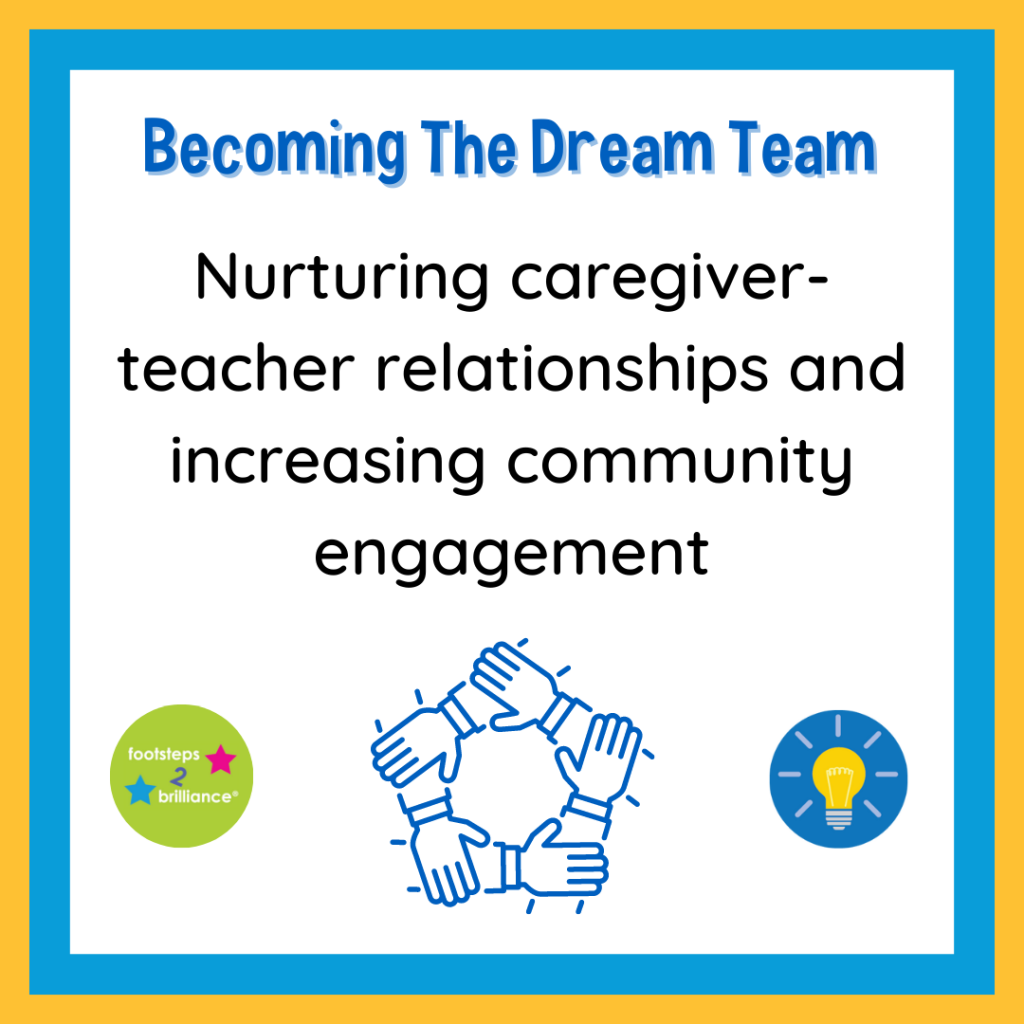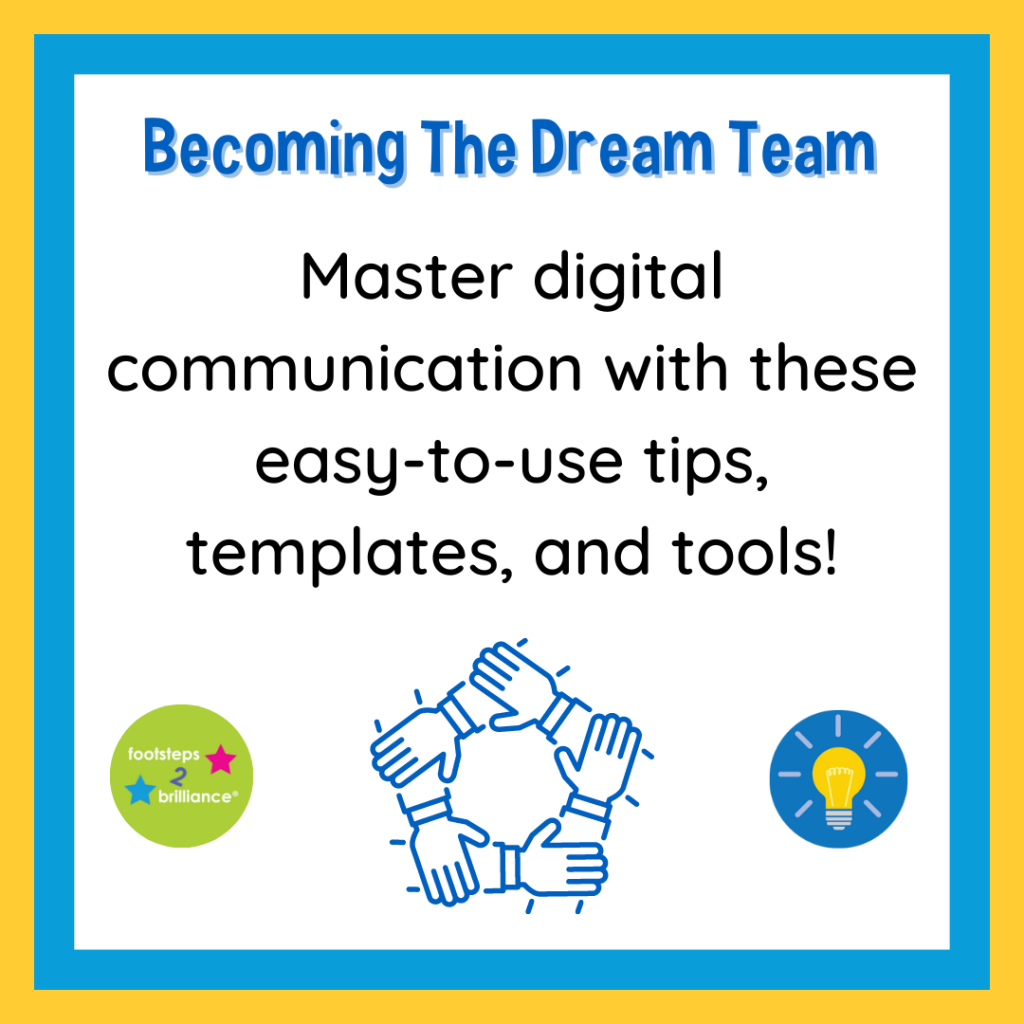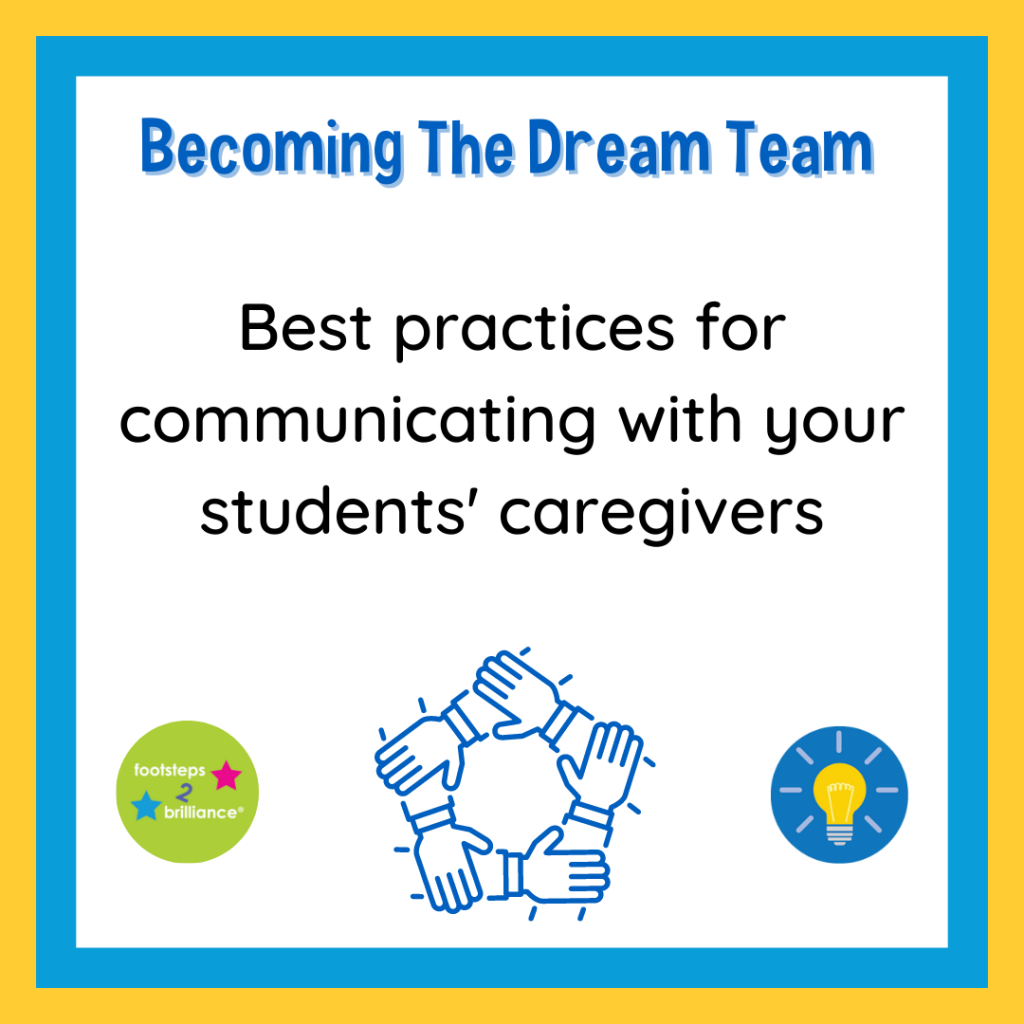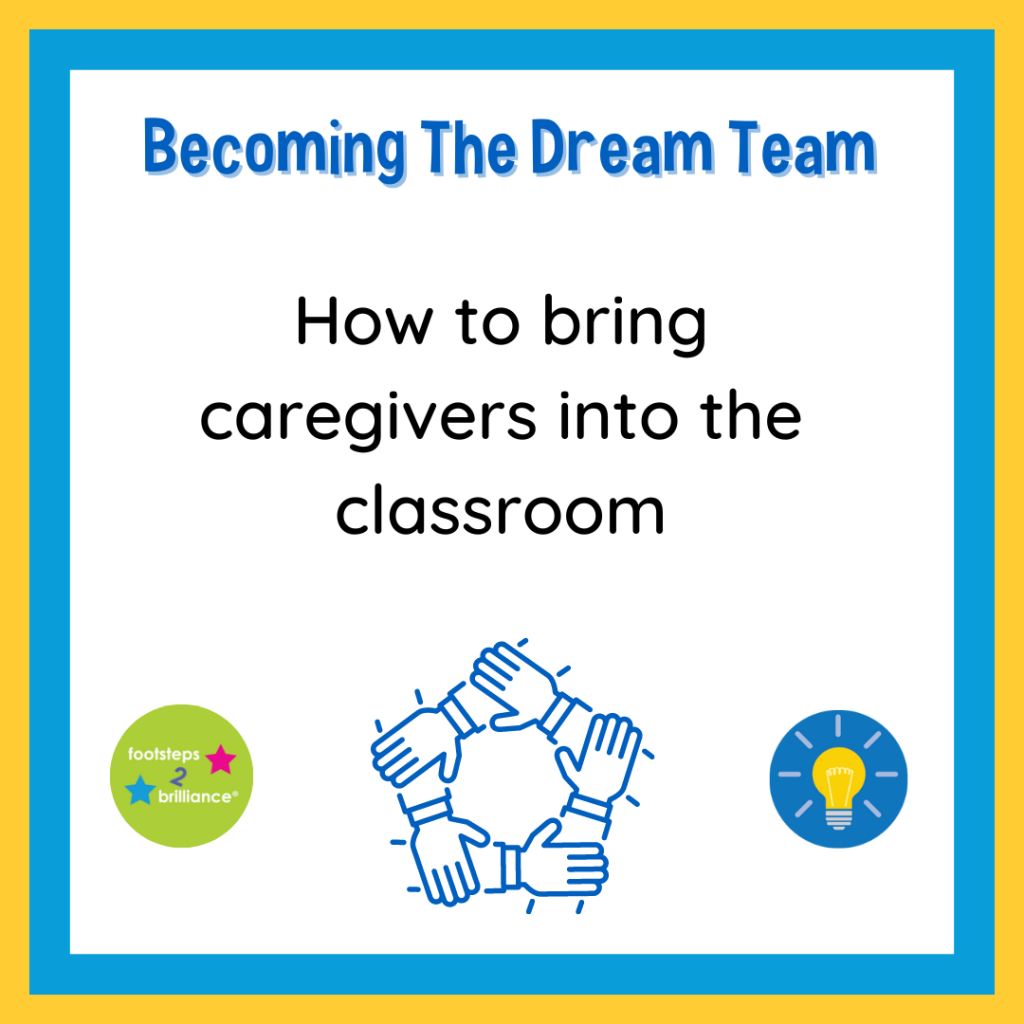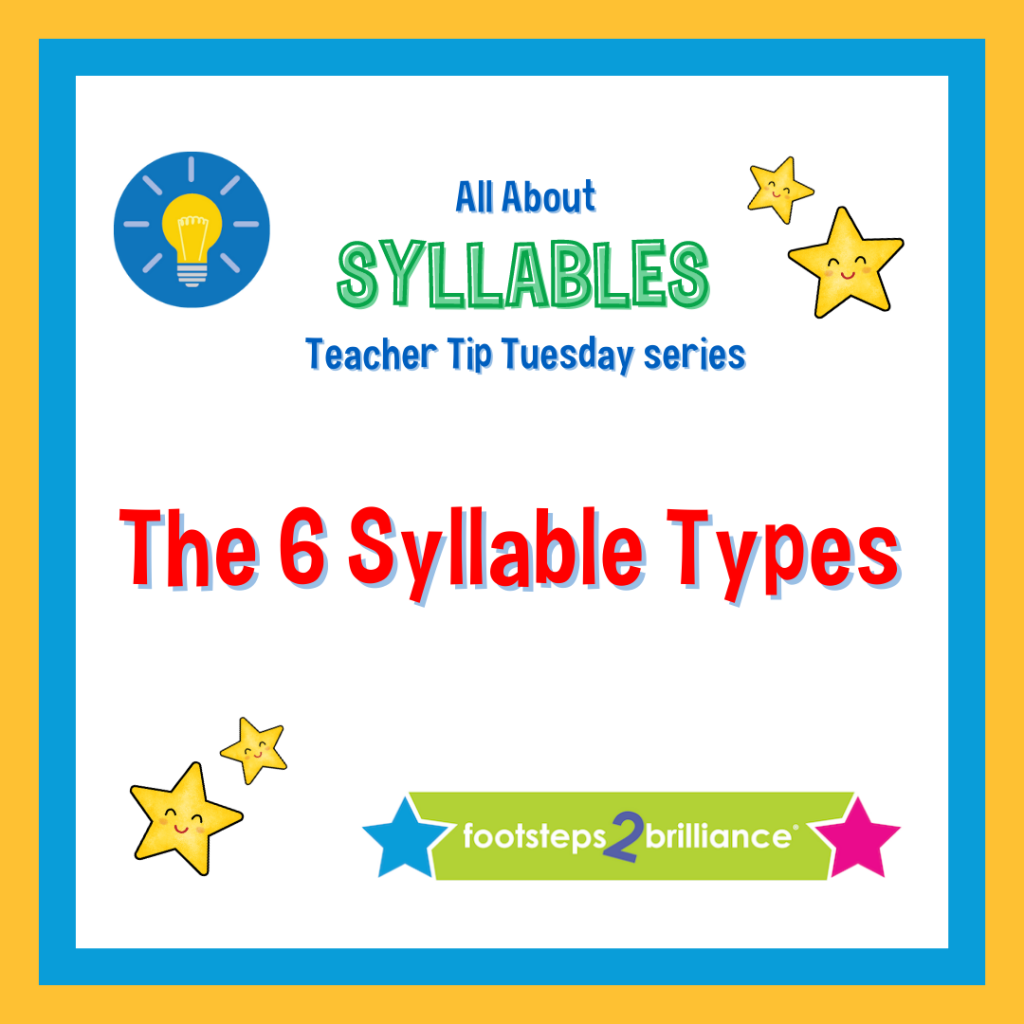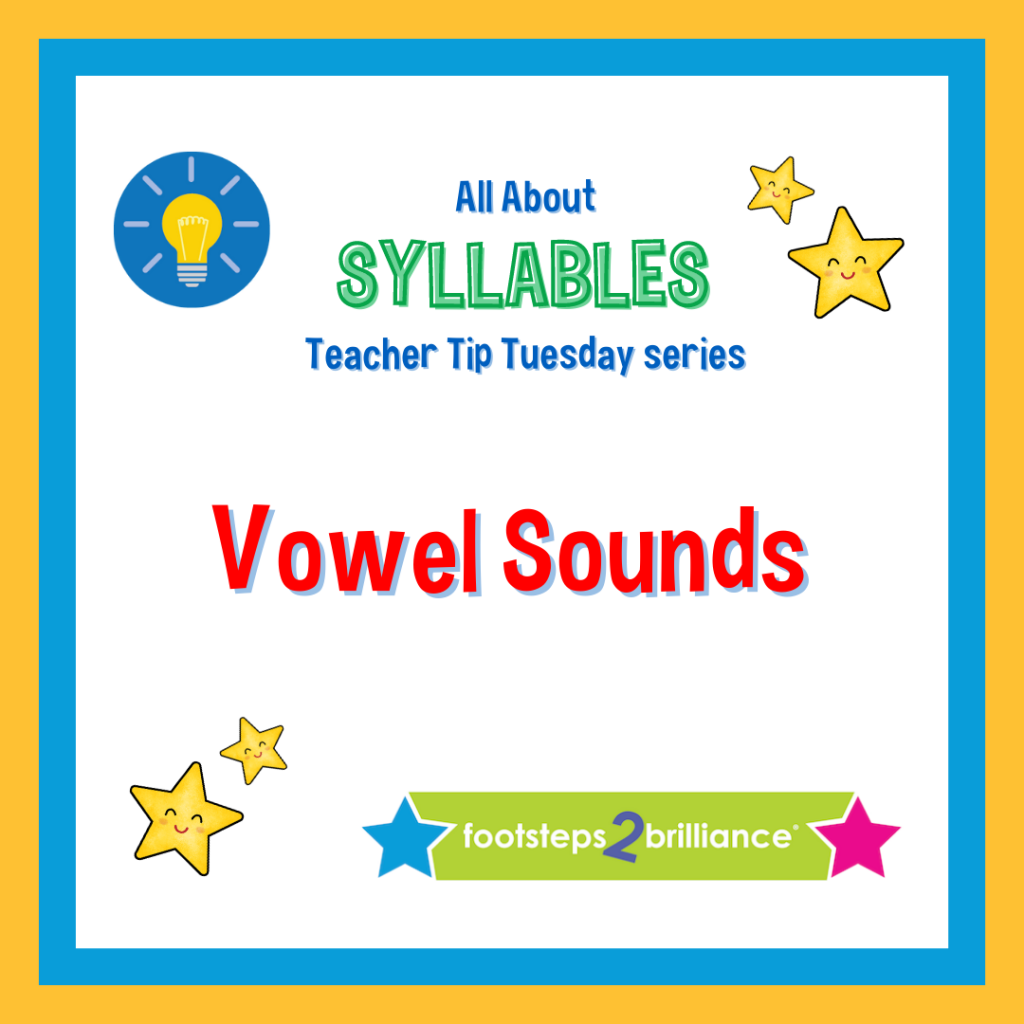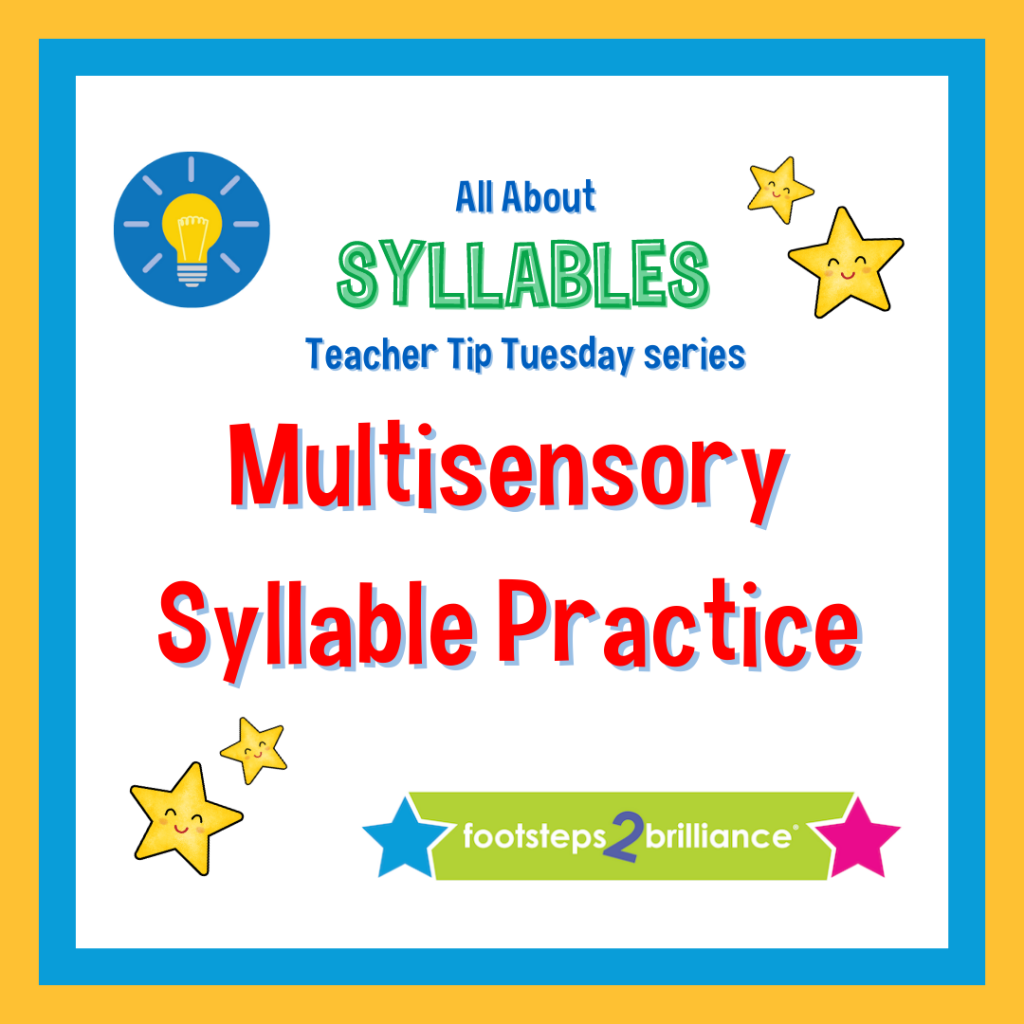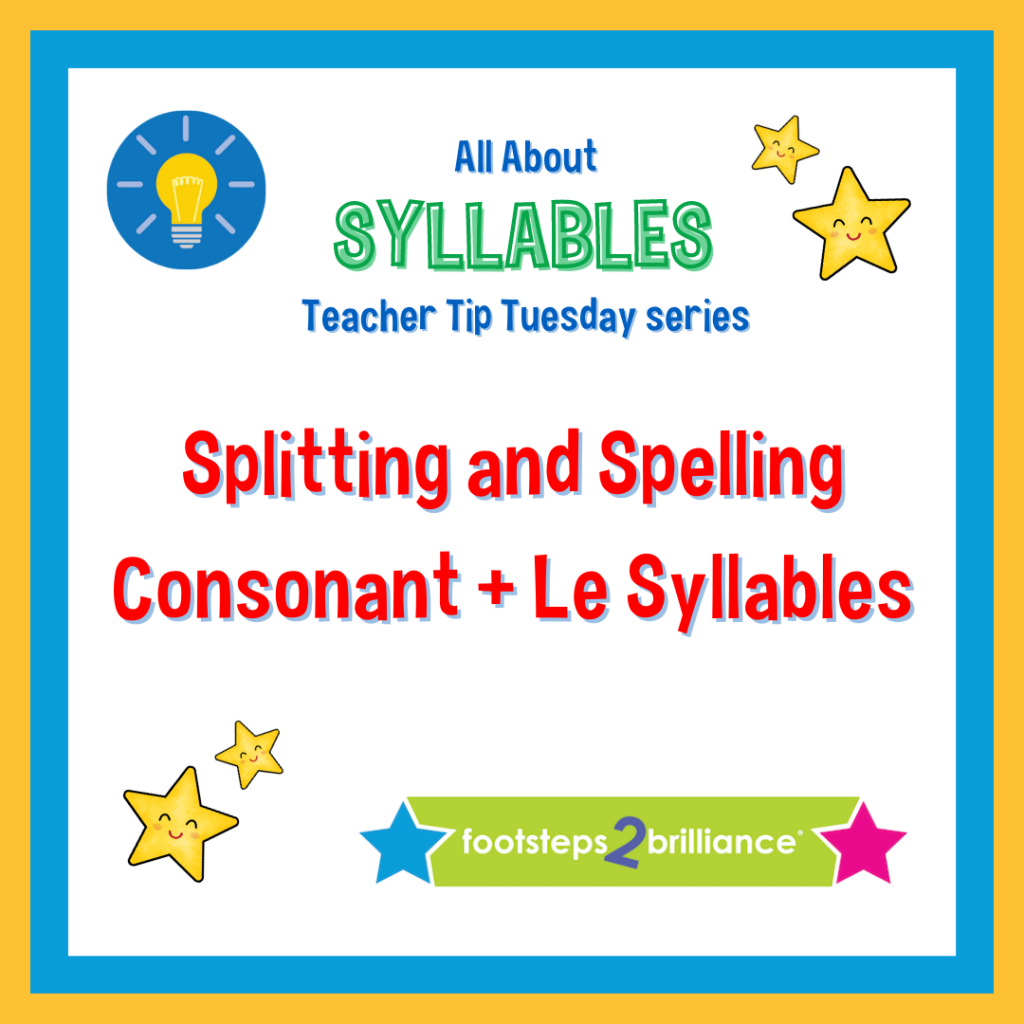
We know that learning to speak and learning to read are not the same in the brain. Learning to speak is innate, while learning to read is not. Reading must be systematically, explicitly taught to bridge the connection between oral language development and reading proficiency. In this installment of our Teacher Tip Tuesday series: Demystifying the Science of Reading, we’ll discuss how decades of reading science research describes the act of learning to read. We’ll also discuss why even the most successful teachers can benefit from science of reading research and research-informed practices.



